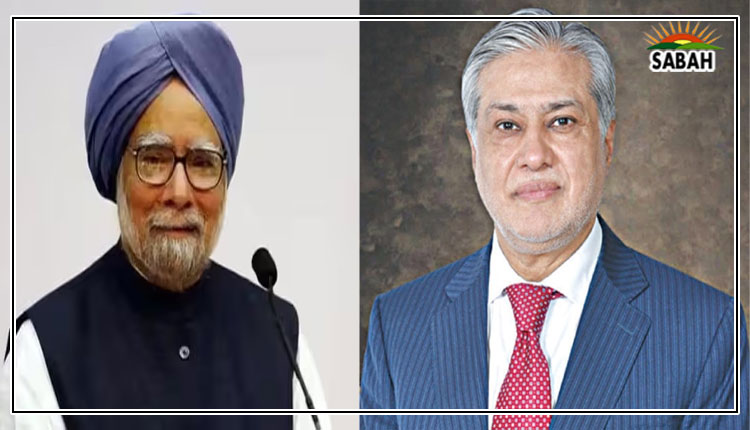Online-offline…arid Panjwani
IMAGINE two schools: School Z, with an inclusive and respectful environment where students feel valued and safe; School A, where bullying, harassment and discrimination are rife. Imagine both schools introducing online learning and cyber interactions. Students collaborate on projects, which have potential for multidisciplinary learning. They also have access to each other digitally through their social media. In such a scenario, we should expect the existing offline atmosphere to invade the online sphere. Though School Z may become more productive and friendlier, bullying may increase in School A. Those suffering harassment in classrooms may now face it even at home. The online and offline are entangled.
For many, these new publicly available technologies, particularly artificial intelligence and robotics, have the potential to create a world of equitable opportunities, peace and sustainable growth. This optimism is grounded in technologies computational power, ever-expanding data and capacity to self-learn. In education, for instance, these technologies are providing highly personalised and stimulating lessons and assessment to students.
But potential does not always get actualised. Not long ago, there was a zeal for the transformative power of social media to create a more democratic and progressive world. Now these claims are rarely made. Why? The reason, as shown in the thought experiment above, is that technologys impact depends significantly on the material, social and political conditions of the offline world within which it operates. The psychological manipulations, harassments, surveillance, commercialisation, propaganda, all that was happening in the world became part of social media as well.
What material and political offline conditions can hinder the realisation of the potential of new technologies? Perhaps the most concerning is wealth and income inequities. A recent IMF report calls them the defining challenge of our time. In 2022, 1.2 per cent of the richest people controlled 47.8pc of the total global wealth, while the bottom 53pc of the people had access to only 1.1pc of the wealth. The economic inequality translates into social, educational, and political inequity. Consequently, while some children will study with the best personalised learning systems, many will not have access to even basic literacy. Unless efforts are made to reduce this gap in the access to technologies, the dream of equitable opportunities for all is likely to recede further, aggravating disparities and their consequences.
The potential of new technology is not always actualised.
Among the ardent supporters of the new technologies are large commercial companies and state security agencies. Profit and surveillance are their primary motives for propagating AI. Shoshana Zuboff calls the resulting socioeconomic structure surveillance capitalism. The profit motive is likely to impel job losses as firms will seek to replace humans with machines as deliberate policy. The surveillance motive will further curtail civil liberties. Finally, the new technologies are equally available to propagate ideologies, spread propaganda and commit cybercrimes.
Given this entanglement of the two worlds, what can be done to realise the positive potential of the new technologies for the majority of humanity? We must see technology as a human artefact that operates within historical and cultural contexts. It shapes and is shaped by a societys values. Hence, we must make educational, legal, economic, and social efforts to move towards a just and progressive offline world.
Wealth inequity is perhaps the most serious threat to the potential of the new technologies to create equitable societies. It must be addressed. There is still time to develop legislation that protects privacy and civil liberties of individuals. Similarly, as the profit motive will incline firms to minimise human labour, we must struggle against every job lost because of this technology every time the bell tolls, it tolls for thee.
Coming to education, it will be important that in their drive to technology, schools must retain their aim of nurturing a well-rounded student with social skills and emotional depth. As the notions of technology, science and math often go together, it is easy to forget the importance of humanities and the arts. This will be a mistake. Fortunately, it appears that the dangers of uncritical enthusiasm for new technology are being recognised, as shown in a recent Unesco report about banning smartphones in schools. This must continue.
The positive potential of AI is tremendous. We need prudence, moral reasoning, democratic oversight, and concern for the vulnerable to harness it. Without these, the road to hell may get paved with good intentions.
Courtesy Dawn












